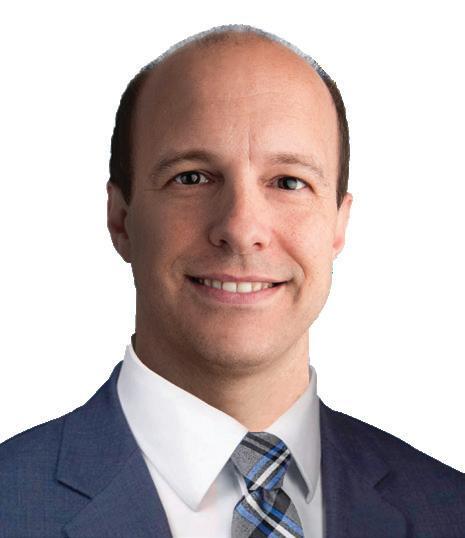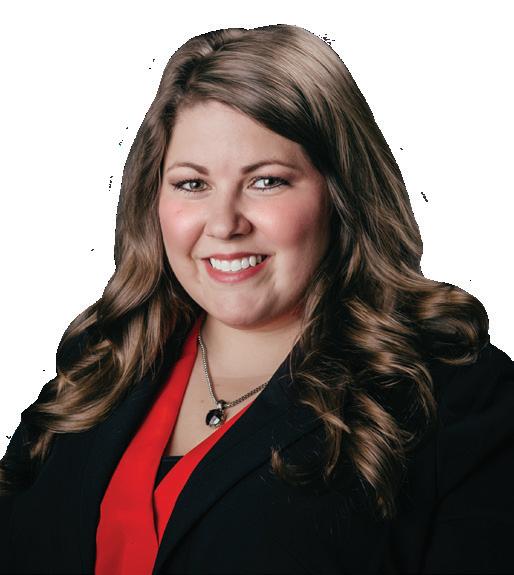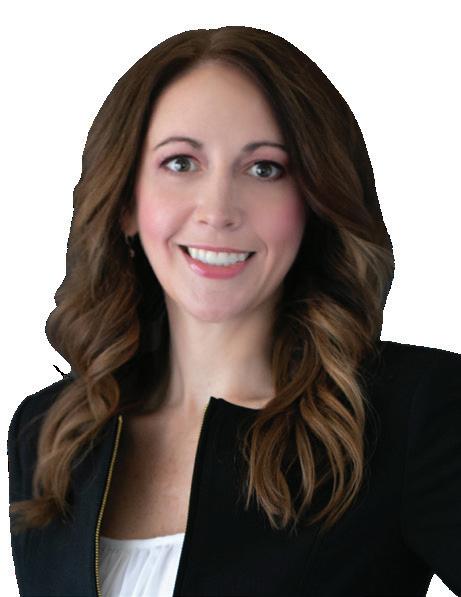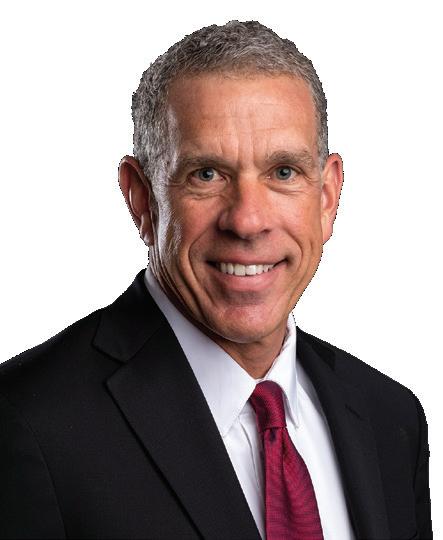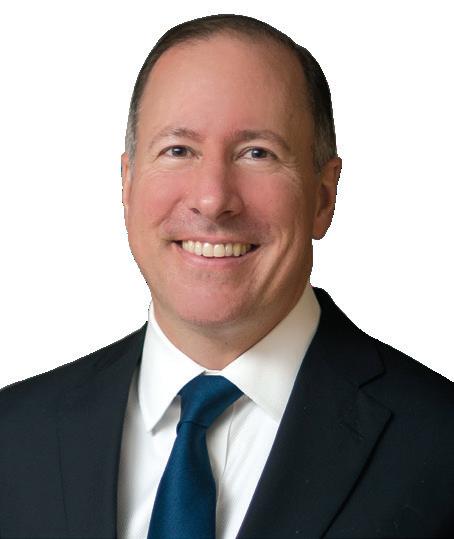GUEST
C O M M E N TA R Y
A Pond Full of Black Swans Kyle Floyd
|
Principal, Branding & Design
I
nvestopedia defines a black swan as “an unpredictable event that is beyond what is normally expected of a situation and has potentially severe consequences. Black swan events are
characterized by their extreme rarity, severe impact, and the widespread insistence they were obvious in hindsight.” The part of this definition that could be called into question is “extreme rarity.” Our industry – and our country – has experienced three such “rare” events in a relatively short period of time. The Great Recession of 2007 taught us that we cannot rely on our savings or investments because they can disappear in a moment. It also shone a light on the inadequacies of the high-powered risk models utilized by large investment banks and financial intermediaries in a rapidly changing environment. We learned that not every American is ready for the responsibility of owning a home, and as a nation of consumers, we are prone to financial ignorance. The terrorist attacks of 9/11 taught us that unexpected events can dramatically alter our sense of personal safety, our finances and even our individual freedoms. The illusion of American invincibility was shattered along with the World Trade Center towers. And this year, an invisible virus – and the world’s reaction to it – has taught us that there are no guarantees about anything. By many measures, this has been a shining moment for community banks. Many have accelerated digital and operational practices that were stuck in neutral and have created a flexible ecosystem of ways to serve their customers. Through the PPP loan program, 10
•
WINTER 2020
|
DD&F Consulting Group
“Events like these fundamentally change the fabric of society, and anyone who tells you they know what the future will look like is definitely not to be trusted. No high-tech risk model, no TED talk, and no bank consultant can offer you anything other than an educated guess. The future of banking will rely on the ability and willingness of its leaders to embrace change.” local banks have found themselves in a position to be a lifeline to struggling business owners. Our industry deserves a pat on the back. It’s been difficult, and it isn’t over, but banks have risen to the moment. But moments have a way of finding themselves in the rearview mirror, don’t they? So let’s make that pat on the back a quick one and think about what comes next. These events aren’t as rare as the definition above suggests, and life doesn’t return to normal when they come to an end. Events like these fundamentally change the fabric of society, and anyone who tells you they know what the future will look like is definitely not to be trusted. No high-tech risk
model, no TED talk, and no bank consultant can offer you anything other than an educated guess. The future of banking will rely on the ability and willingness of its leaders to embrace change. Here are some ways to put that into practice:
LISTEN UP Every bank says it listens to its customers, but few truly do. The options people have for money management are growing exponentially, so banks should be looking at what they currently offer and how that needs to change to better serve tomorrow’s needs. Customer feedback can be gathered in many ways, from coffee-shop interviews








